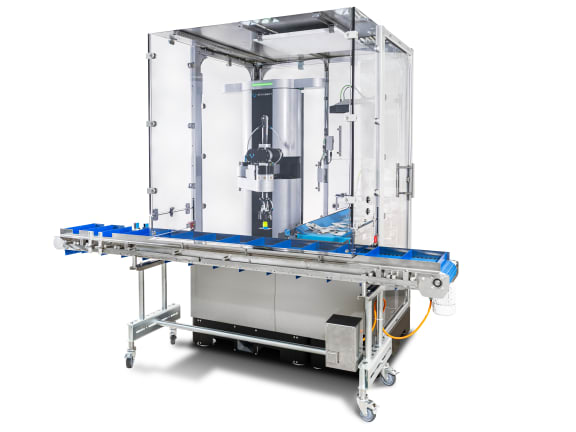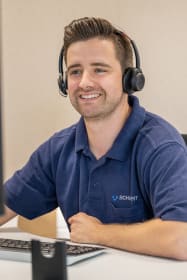Before developing a new technology, innovation driver Schubert first analyses the processes and business models that are most likely to influence the packaging industry in the future. This is why robotics have played a pivotal role in the company for over 40 years. Now the packaging machine manufacturer has a new milestone in sight with its cobot, called ‘tog’. For the first time ever, Schubert cobots automate simple manual processes outside of the highly efficient machine sequences and can be adapted to new tasks very quickly without requiring any programming knowledge. Ralf Schubert, Managing Partner of Gerhard Schubert GmbH, describes the rationale: “We developed the tog.519 for pick & place applications with lightweight products, where previous cobots would be out of their depth.” The tog simplifies and accelerates packaging processes even further: “With one of our cobots, manufacturers will be able to react much more flexibly in the future to changing market situations and requirements,” explains Schubert.

The Schubert cobot has one of the world's fastest capabilities for ‘gripping from disorder’.

For the first time ever, the new cobots automate simple manual processes outside of highly efficient machine sequences and can be very quickly adapted to new tasks.
A modular system from schubert
The Schubert cobots are being developed by a new division within the company. An entire family of cobots will follow in the coming years. A complete modular system for cobot solutions has been defined as the goal, comprising five-axis Scara kinematics, a vision system, infeed belts, format parts and much more. Key areas of application are in the food sector, as well as in cosmetics and pharmaceuticals. In other words, wherever lightweight products have to be fed very quickly into a system. High volumes can also be processed in kit assembly, where different products need to be combined into a single kit, or in product finishing. The Schubert cobots will soon offer automation possibilities within the packaging industry which no other cobot can achieve today.



